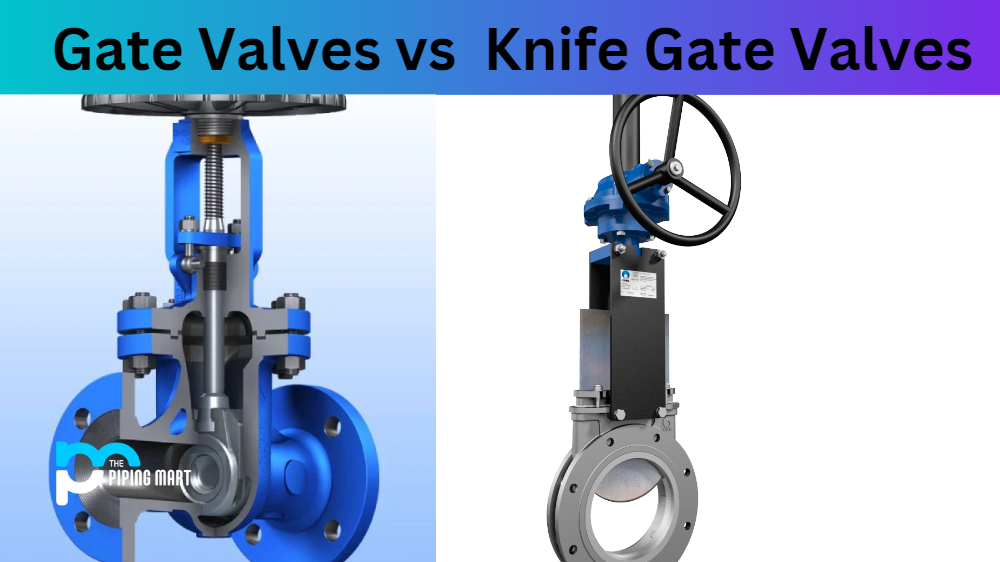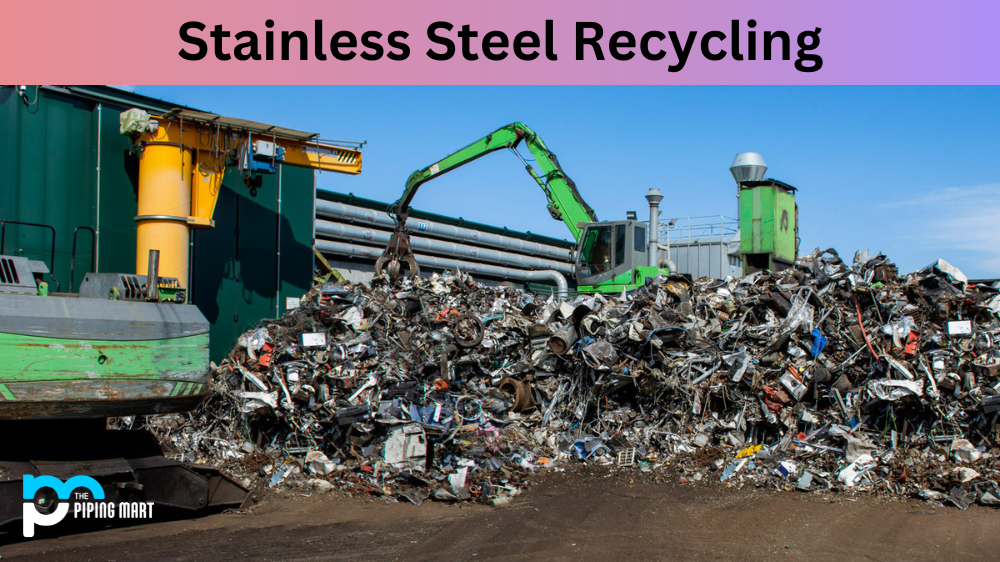When it comes to plumbing, manufacturing, or other industrial applications, the type of valve used can have a significant impact on the project’s success. Two popular types of valves are gate valves and knife gate valves. Both are useful in different situations and each offers specific advantages. Let’s explore the differences between these two types of valves.
Gate Valve
A gate valve is usually made up of a body, bonnet, packing glands, stem, disk, wedge (or gates), handwheel, and actuator. A gate valve has a disk-shaped wedge that is either threaded or bolted into the valve body. The disk blocks the flow path when it is in the closed position. When open, it lifts out of the way and allows for fluid flow through the pipe system. Gate valves offer low resistance to fluid flow when opened but require more force than other types of valves to operate them due to their heavy construction.
Knife Gate Valve
Knife gate valves are similar to gate valves but they use a sharp edge or “knife” instead of a solid disk as part of their construction. The knife blade moves up and down in order to open or close off flow through the pipe system. Because these valves use less material than gate valves they are typically lighter in weight and can be easier to operate with less force required than with a gate valve. Knife gate valves also offer better water tightness than some other types of valves making them ideal for applications that require a tight seal on both sides of the valve such as flood control systems or irrigation systems where there is high pressure coming from one side and lower pressure coming from the other side. However because these are not full-port designs like those found in many traditional ball or butterfly valves they do not offer as much flow potential as those other types of designs do so they should only be considered if you need tight shutoff capabilities along with reduced weight and simple operation characteristics which make them well suited for some industrial applications such as mining operations where water control is critical but space may be limited.
Difference Between Gate Valve and Knife Gate Valve
- Gate valves and knife gate valves are both types of valves that are used for a variety of applications.
- Gate valves are typically used for applications where a tight seal is not required, such as in water lines. Knife gate valves are typically used for applications where a tight seal is required, such as in sewage lines.
- Gate valves are opened and closed by turning a handle that is attached to the valve. Knife gate valves are opened and closed by pushing or pulling on a lever that is attached to the valve.
- Gate valves have a round opening that is the same size as the pipe that it is connected to. Knife gate valves have an opening that is in the shape of a rectangle or oval, and is slightly smaller than the pipe that it is connected to.
- When a gate valve is opened, there is a small gap between the valve and the pipe. When a knife gate valve is opened, there is no gap between the valve and the pipe.
Conclusion:
When deciding between using a gate valve versus a knife gate valve for your application consider your needs carefully based on what type of fluid you need to control, how much pressure will be present on either side of your line, whether you need full port design characteristics for maximum flow potential or if shutoff capability is more important than total flow potential along with any size constraints that may exist within your system design considerations such as space restrictions due to limited access areas or tight corners that would not accommodate larger-bodied designs like those found in traditional ball or butterfly valve configurations. By considering all factors before selecting either type you can ensure you get exactly what you need for successful completion of your project without sacrificing performance due to choosing an inappropriate option based on incorrect assumptions about either type’s capabilities compared against another type’s limitations within similar overall categories such as manual operation versus automated operation options which could lead to costly mistakes down the road if not taken into consideration beforehand when making this important decision about which type will best suit your needs today and tomorrow for years to come! This concludes our comparison between gate vs knife gate valve options available today!

Meet Bhavesh, a seasoned blogger with a wealth of knowledge and experience. From metal products manufacturing to retail, Bhavesh has a diverse background in various industries and is dedicated to sharing his insights and expertise with readers.




